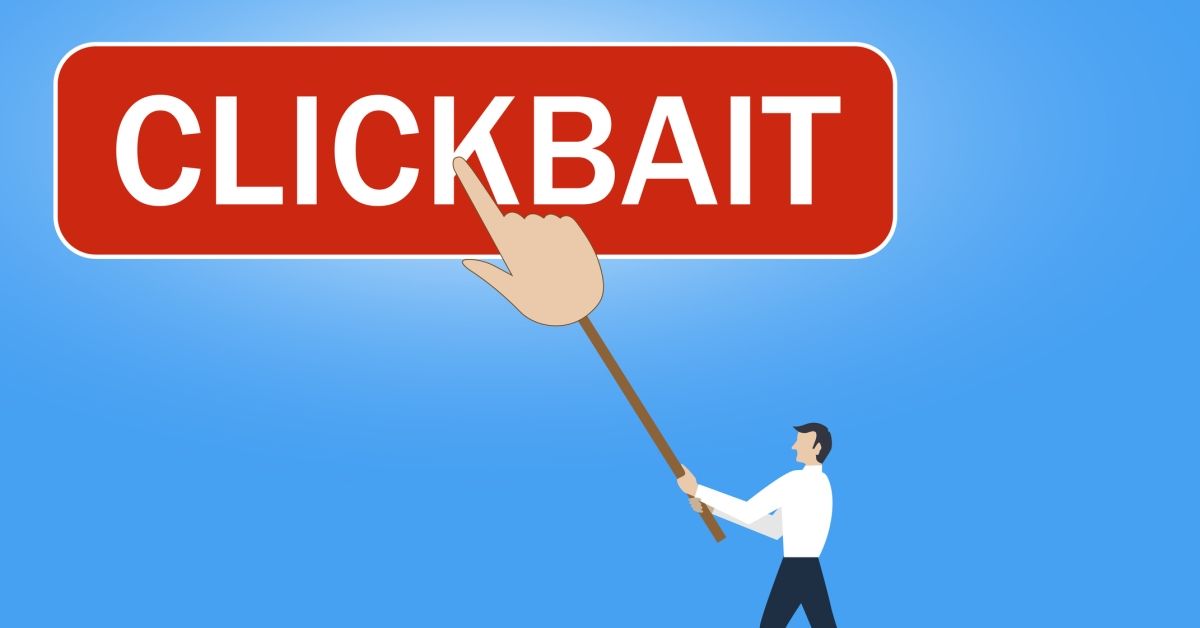This page is part of an ongoing effort by the Snopes newsroom to teach the public the ins and outs of online fact-checking and, as a result, strengthen people's media literacy skills. Misinformation is everyone’s problem. The more we can all get involved, the better job we can do combating it. Have a question about how we do what we do? Let us know.
Q: What is ad arbitrage?
A: Advertising arbitrage is defined as a way to make a profit after placing an internet ad by leading readers from the ad to a multi-page article or slideshow. The main goal is to create a story that is broken up into many pages, placing ads on them and making money from the ads that appear on the many pages.
Think of it as a carnival: The carnival might place an ad in the newspaper if it’s visiting your town. Their goal is to get people to come to the carnival (clicking on the ad) and visit all of the attractions (pages) so that they end up making a profit from putting an ad in the newspaper. Carnival visitors might be disappointed that the rides aren’t as thrilling as they sounded in the newspaper ad, just as readers might not think the story lived up to the hype of the internet ad.
Q: Why does Snopes cover these?
A: We’ve all seen strange ads that appear alongside or below news stories. Many of these ads use misinformation or misleading and disgusting pictures to lure people in. The ads range from something serious, like politics, all the way to something minor like the many purported uses of WD-40. We attempt to find the answers to the ad’s tease, which are often not what they promise.
Q: How do you find these scammy ads?
A: We invite mail from readers and request that they send over both a link to where the ad led, plus a screenshot of the ad itself. We also find ads on our own by keeping a set of bookmarks to see what’s new in the world of ads. At the end of long slideshow articles, there’s usually a page of other suggested stories, which is a great way to find more.
Q: What are some signs that a link will lead to an arbitrage slideshow?
A: If an ad on a news article claims to reveal a “life hack” for something or teases a mystery, you’re probably going to be in for a long slideshow article.
Another trick for advanced users:
Direct URLS will often include a page number, like https://www.snopes.com/fact-check/category/photos/page/2/. So if you land on one of these lengthy articles, change the page number to 50. If a 50th page loads, keep raising the number. Try 75. Then 100. Try to find the last page to determine just how long of an article you’re about to read. The more pages there are, the more likely it is you’ve clicked into an ad arbitrage slideshow.
Examples of ad arbitrage slideshows fact-checked by Snopes:
- Should a Bottle Always Be Put on Tires When Parked?
- ‘Woman Leaves House to Neighbor’ Ad Is Not a True Story
- Ad Promises WD-40 Trick for Gas Tanks … 70-Page Article Never Mentions It
- Are 1 in 2 Mac Users ‘Unaware’ of a ‘Trick’ to Clean a Mac?
A version of this content previously appeared in the Snopes Digest newsletter.
